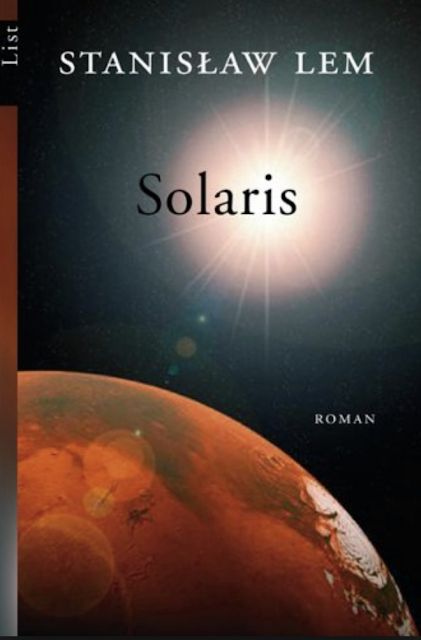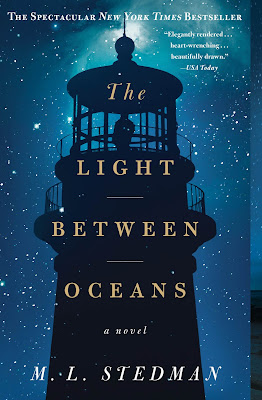"Solaris" by Stanislaw Lem (published 1961)
For words, we have extensive etymologies, for literature we have comprehensive exegeses, for life we have philosophy, for history we have critical theories, for art we have historical analyses, and the same goes for science. The whole of Stanislaw Lem's Solaris (from French and published in 1961) is a beautiful study in bodies of work such as those, and how, as time passes and consciousness changes, all these criticisms, theories, and conclusions merge and die, sometimes becoming irrelevant or outright wrong, or else become case studies in hysteria or some other psychological manifestation, all the while developing a chronological set of *facts*.
The subject in Lem's elegantly written novel is the planet Solaris, a planet that has been under the observation and scrutiny of scientists for thousands of years. The protagonist of this story is Kris Kelvin, a psychiatrist who became fascinated with the planet as a child and consequently dedicated his entire life to it, leading up to his very own expedition to visit Solaris, assigned to a specific mission, along with the obligatory experiments and result finding urged on and recommended by his professors, scholars in Solaris, or, Solarists.
Lem's novel is fundamentally a critical text, but it goes down smooth and lightly thick like a well-aged wine; his writing is simply elegant, which is hard to pull off in the world of "hard" science fiction. Lem uses the novel as a way to magnify a large concept, that of consciousness, and Solaris is a very meta way of doing this: Solaris (the planet) being a material symbol of consciousness itself, and Kelvin's academic studies representative of the consciousness of mankind as a whole attempting to understand this particular subject, along with its histories, psychological and objective.
The book is worth reading if only for the descriptions of the planet itself. One would think reading pages and pages of abstract description perhaps tiring, perhaps repetitive, but Lem manages to do this in a fascinating way, and hypnotizes the page with symbolism both horrifying (for example, the one scientist's description of the large child on Solaris, who face would change from emotion to emotion in a natural yet unnatural way, as if it expressed both the emotions of happy and terrified simultaneously), and gorgeous (the many suns, and their transparent, fluorescent hues, and the sentient ocean, which changes into unbelievable shapes and formations each day and night). The kaleidoscopic world mixes with the spaceship itself, a dream-like, high-tech machine.
In the novel, the planet Solaris is found to be one that produces human simulacra. For each astronaut that lands on the space station, a human appears, someone special to them from their memory. For Kelvin, it is his dead wife. Although exactly identical in human anatomy, idiosyncrasy, and personality, the "visitors", as Kelvin calls them, have no memory of their life prior to arriving on the ship. One of the most fascinating aspects of this book is the character of Kelvin. He meets his visitor, and retains a stoicism hardly seen amongst persons who are dealing with something psychologically violent (as opposed to the caricature of stoic men dealing with something physically violent). Under severe emotional distress, he does not crack, though at times he comes close. To read the book a second time would mean to pay more attention to Kelvin's nature as he interacts with his visitor, the choices he makes, the logical conclusions he draws, and finally the realm of the unknown which he undoubtedly accepts and handles in a way not brave, though it is, but moreso, honest. Unlike his astronaut companions, Kelvin takes his visitor seriously, loves "her" unconditionally. The others are afraid of this chimera, and moreso, afraid to have faith in whatever it is *for* whatever it is.
The themes of science, religion, and civilization prevail, and in the end Lem is a humanitarian of sorts. But not without the desire for something more, something beyond life and reality itself:
“So one must be resigned to being a clock that measures the passage of time, now out of order, now repaired, and whose mechanism generates despair and love as soon as its maker sets it going? Are we to grow used to the idea that every man relives ancient torments, which are all the more profound because they grow comic with repetition? That human existence should repeat itself, well and good, but that it should repeat itself like a hackneyed tune, or a record a drunkard keeps playing as he feeds coins into the jukebox...”
... a question posed in the book to which his brilliant story, taken to its end, seems to say: Hell no.




Comments
Post a Comment